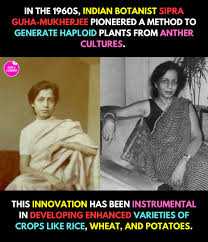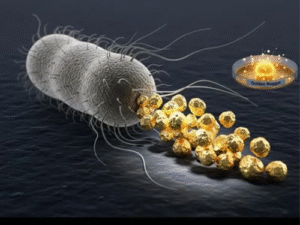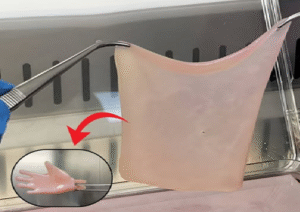Discovery of Anther Culture Technique (1967) – S.C. Maheshwari & Sipra Mukherjee
In 1967, Indian scientists S.C. Maheshwari and Sipra Mukherjee from Delhi pioneered the anther culture technique, a groundbreaking method in plant biotechnology.
Anthers (the pollen-producing part of a flower’s stamen) were placed on a synthetic culture medium.
Under specific conditions, these anthers developed into haploid plants, which contain a single set of chromosomes.
Crop Improvement: Haploid plants can be induced to double their chromosomes, producing pure homozygous lines quickly. This speeds up plant breeding programs.
Genetic Studies: Useful for studying mutations and creating genetically stable plants.
Disease Resistance: Helps in selecting plants with better resistance to diseases and environmental stress.
Increased Agricultural Yield: Used in crops like rice, wheat, mustard, and tobacco for developing high-yield and superior varieties.
The anther culture technique became an essential tool in plant biotechnology and was later adapted worldwide for crop improvement and genetic research. It played a key role in revolutionizing plant breeding techniques, leading to the development of more resilient and productive crops.







